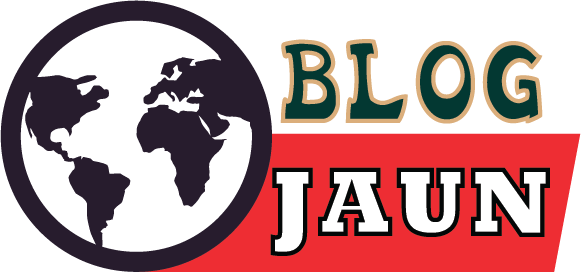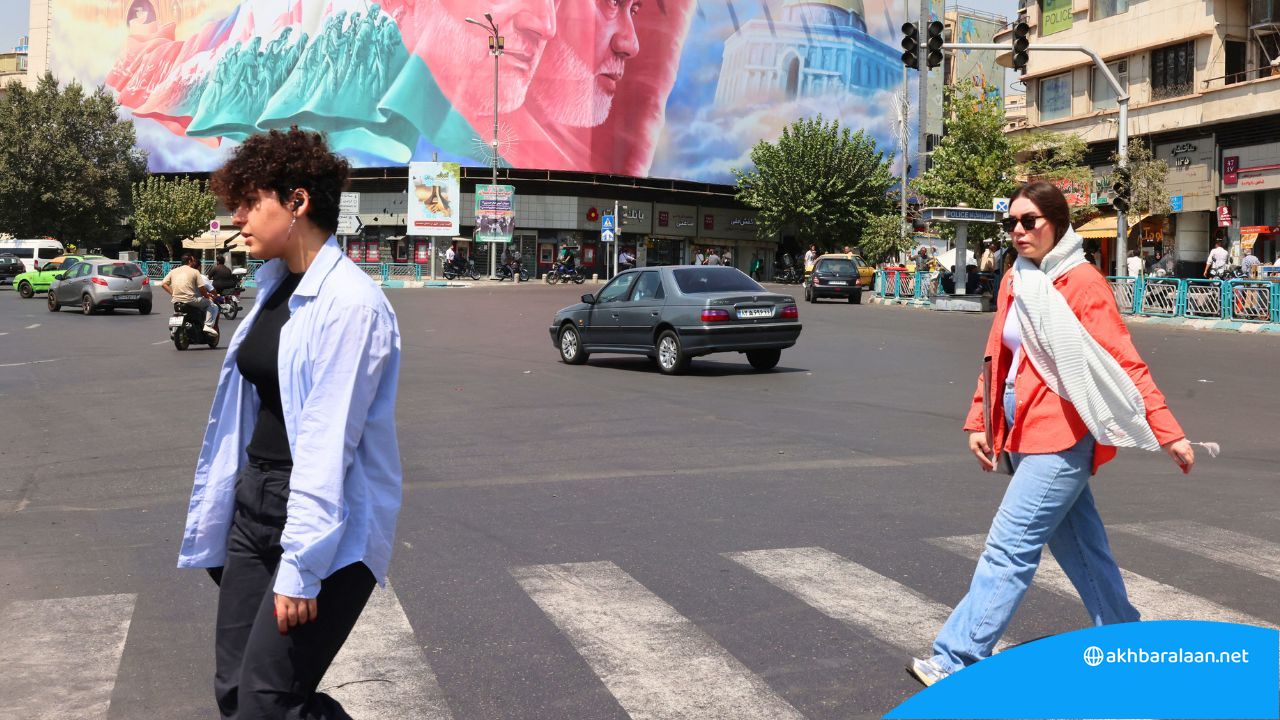Women in Iran are turning away from wearing the hijab in defiance of the oppressive regime.
On the streets of Iranian cities, it has become common to see a woman walking without the obligatory head covering, or hijab, as the second anniversary of the death of Mahsa Amini And the mass protests it sparked.
Despite the fact that no government official or study has acknowledged the phenomenon, which began as Iran entered the hot summer months and its overburdened electricity system experienced power cuts, videos can be seen on social media of people filming neighborhood streets or just talking about a normal day in their lives, and women and girls walking with their long hair over their shoulders, especially after sunset.

And it comes This challenge Despite what UN investigators described as “extensive repressive measures and policies” by Iran’s clerical government to punish them — and despite the lack of a recent catalyst like Amini’s death to galvanize the protesters.
The new reformist president, Masoud Pezeshkian, campaigned on a promise to stop harassment of women by the morality police, but ultimate power in the country remains with the 85-year-old Supreme Leader, Ayatollah Ali Khamenei, who has said in the past that “revealing the hijab is religiously and politically forbidden.”
The UN Fact-Finding Mission on Iran warned on Friday that “meaningful institutional change and accountability for gross human rights violations, crimes under international law and crimes against humanity remain elusive for victims and survivors, especially women and children.”

Mahsa Amini’s death
Amini, 22, died on September 16, 2022, in hospital after being arrested by the country’s morality police on charges of not wearing the hijab as the authorities wanted.
The protests that followed Amini’s death initially began with chants of “Women, Life, Freedom.” However, the protesters’ cries soon evolved into open calls for revolution against Khamenei.
A months-long security campaign has left more than 500 people dead and more than 22,000 arrested.

women without hijab
Today, passersby on the streets of Tehran, whether in its wealthy northern suburbs or the working-class neighborhoods in the south of the capital, routinely see women without headscarves.
This begins especially at dusk, although even in daylight on weekends, women can be seen without veils in the major parks.

An Iranian woman not wearing the mandatory hijab flashes a victory sign as two women covered from head to toe walk through the old main bazaar in Tehran, Iran. AP
Online videos — specifically a subcategory of videos showing walking tours of city streets for those living in rural areas or abroad who want to see life in Tehran’s bustling neighborhoods — feature women without headscarves.
What would have stopped a person in his tracks in the decades following the Islamic Revolution of 1979 is no longer recognized.
“My almost complete courage in not wearing the hijab is Mahsa Amini’s legacy and we have to protect this as an achievement,” said a 25-year-old student at Tehran’s Sharif University, who gave only her first name, Azadeh, for fear of reprisal. “She might have been my age if she hadn’t died.”
But disobedience is still risky, and months after protests stopped, Iran’s morality police have returned to the streets.

An Iranian woman, without the mandatory headscarf, or hijab, walks in downtown Tehran. AP
Scattered videos of women and young girls being beaten by officers have since emerged.
In 2023, an Iranian teenage girl was injured in a mysterious accident on the Tehran metro while not wearing a headscarf and later died in hospital. In July, activists said police shot a woman who fled a checkpoint in an attempt to avoid having her car impounded for not wearing a headscarf.
Meanwhile, the government has targeted private businesses where women are seen without the hijab. Surveillance cameras search for unveiled women in vehicles to fine them and impound their cars.
The UN said the government went so far as to use drones to monitor the 2024 Tehran International Book Fair and Kish Island for unveiled women.
However, some see Pezeshkian’s election in July, after a helicopter crash killed hardline Iranian President Ebrahim Raisi in May, as helping ease tensions over the hijab.

Today, passersby on the streets of Tehran, whether in its wealthy northern suburbs or the working-class neighborhoods in the south of the capital, routinely see women without headscarves. AP
“I think the current peaceful environment is part of the situation after Bezeshkian took office,” says Hamed Zarranjoui, a 38-year-old bookseller. “In a way, Bezeshkian can convince powerful people that more restrictions do not necessarily make women more devoted to the hijab.”
On Wednesday, Iranian Attorney General Mohammad Movahedi Azad warned security forces against starting physical confrontations over the hijab.
“We have prosecuted the violators, and we will do so. No one has the right to act inappropriately, even if an individual has committed a crime,” Movahedi Azad said, according to Iranian media.
Although the government is not directly addressing the increase in women not wearing the hijab, there are other signs that it is aware of the shifting political landscape.
In August, authorities fired a university professor a day after he appeared on state television and disparagingly referred to Amini as “dead.”
Meanwhile, in August, the reformist Ham Mihan newspaper reported on an unpublished survey conducted under the supervision of Iran’s Ministry of Culture and Islamic Guidance that found that the hijab had become one of the country’s most important issues—something the country had never seen before.
“This issue has been on people’s minds more than ever,” sociologist Simin Kazemi told the newspaper.




